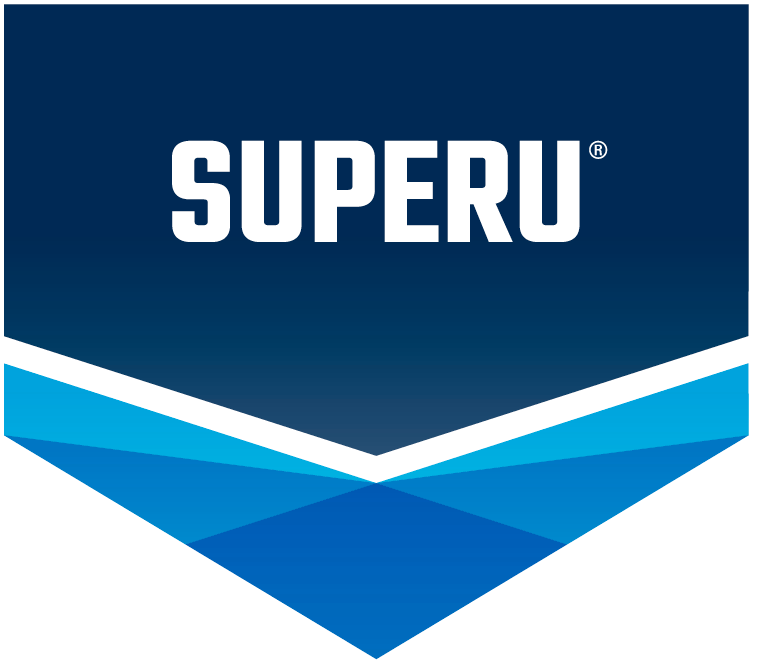CeraMax Receives Section 2(ee) for the Suppression of Red Crown Rot in Soybeans
Ceradis Crop Protection B.V., a global developer and marketer of environmentally friendly plant nutrition and crop protection solutions, has been granted a Section 2(ee) label for the use of CeraMax biological seed treatment for the suppression of Red Crown Rot in soybeans.
First confirmed in Illinois in 2018, Red Crown Rot has grown into an emerging threat for Midwest soybean growers with seed treatments like CeraMax serving as the only immediate disease prevention solutions to the problem.
CeraMax is a biological seed treatment proven to deliver superior protection against soil-borne diseases like Sudden Death Syndrome and Red Crown Rot. With a first-of-its-kind technology, CeraMax provides stewardship and seed safety attributes not offered with most synthetic seed treatments, plus a higher return on investment.
Widely used across US soybean growing regions since 2019, CeraMax helps growers maximize the genetic potential of their crops with unprecedented early-season root and shoot mass for strong, uniform plant emergence.
“As farmers get ready to head to the field for 2024 planting, there are Midwest pockets primed for Red Crown Rot to take hold,” says Jan Stechmann, Vice President of Marketing and Sales with Ceradis. “Unfortunately, once this disease lands in a field, there isn’t a foliar solution available to reverse the effects of plant damage or yield loss. The only way to get ahead of a potential risk is with a seed treatment like CeraMax.”
Know the Symptoms
Red Crown Rot is one of the most difficult soybean diseases to identify even after symptoms appear. That’s because Red Crown Rot mimics physical characteristics similar to diseases like Sudden Death Syndrome.
According to Stechman, the first thing for growers to recognize is that Red Crown Rot tends to infect seedlings in warmer soils, while sudden Death Syndrome tends to thrive in cooler, wetter soil conditions.
“And because both diseases have physical similarities in foliar scorch, the best way to know for sure which disease you’re dealing with is to look closely at plant stem symptoms,” he says. “Red Crown Rot has a maroon stem discoloration along with the of presence of perithecia, which are tiny red balls on the crown and roots just below the soil line. SDS-infected soybean stems have a normal white pith with tan or light brown discoloration of the upper roots and lower stems.”
Additionally, Stechman says soybeans exhibiting symptoms of Red Crown Rot will have curled and dead leaves that remain attached to the plant. Soybeans exhibiting Sudden Death Syndrome symptoms will hold their leaves until the yellowed, dead leaf material drops off, leaving only the petiole attached to the stem.
States where CeraMax Section 2(ee) labeling applies are Arkansas, Illinois, Indiana, Iowa, Kansas, Kentucky, Michigan, Minnesota, Missouri, Nebraska, North Dakota, Ohio, South Dakota, Tennessee, West Virginia, and Wisconsin. The Section 2(ee) recommendation for CeraMax should be in the possession of the user at the time of application.
For the 2024 season, CeraMax is available through WinField United retailer network and Direct Enterprises, Inc., in Westfield IN.






